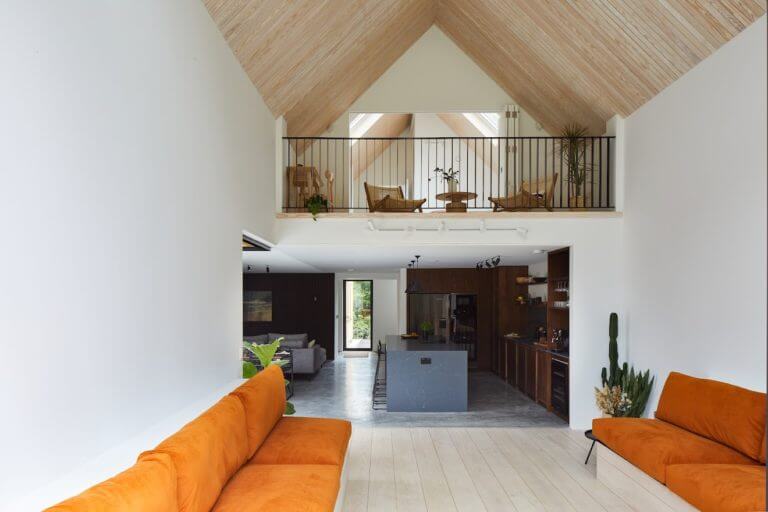
Homes built with SIPs save £50,000 on energy bills | Homes built with modern techniques will save their occupants nearly £50,000 on energy bills over 25 years compared to traditional houses, according to new research.
The figures, based on a typical four-bedroom detached house, come after increased demand for new homes saw the construction industry expand by its fastest pace in a year in June.
Sip Build UK – which supplies and constructs structural insulated panels on-site – found savings increase from £1,000 in the first year to £3,225 in year 25 based on a five per cent annual fuel price increase. According to industry regulator Ofgem’s latest report, utility bills have risen on average £270 over the past three years – an increase of nearly 10 per cent a year.
It also predicts that gas and electricity bills will rise £95 over the next year for a standard tariff, dual fuel customer based on a current average annual bill of £1,420 per year.
SipBuild UK managing director Chris Duckworth said: “No one can stop the price of energy going up, but they can keep bills down by using less of it. SIPS is a quick and easy option that produces instant results.”
The panels – comprised of polyurethane foam sandwiched between compacted wood grain boards – were found to outperform traditional materials on insulation and strength*.
Rob Louis, an experienced energy surveyor who works on government schemes to reduce emissions in homes, said: “British housing stock is generally old and the historic nature of the building materials used means they are mostly bad at retaining heat, therefore greater use of heating systems is required.
“Poor efficiency combined with rising energy bills is costing families – and the environment – more by the year.
“Sip Build UK is an example of where the solution lies. It’s good value, efficient and further improves the lives of occupants by freeing up more space under one roof.”

